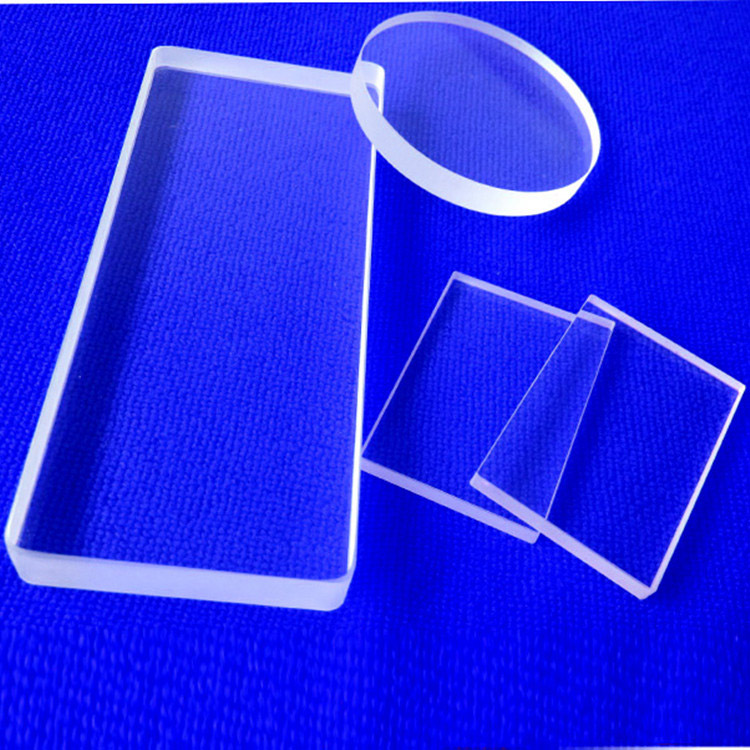Quartz chip
The
optical properties of quartz glass sheets are unique. They can transmit far
ultraviolet rays, which is the best of all UV-transmitting materials, and can
pass visible light and near-infrared spectrum. Quartz glass is resistant to
high temperatures, has a very small thermal expansion coefficient, and good
chemical stability. Bubbles, streaks, uniformity, and birefringence are
comparable to ordinary optical glass. Therefore, it has high stability optical
coefficients for working in a variety of harsh situations Essential optical
materials.
According
to its optical performance, it can be divided into three categories:
Far
ultraviolet class JGS1
Transparent
in the ultraviolet and visible spectral ranges; no absorption band in the
185-2500nm band; strong absorption band in the 2600-2800nm band; non-luminous,
stable light radiation.
UV
class JGS2
Transparent
in the ultraviolet and visible spectral range; no absorption band in the
200-2500nm band; strong absorption band in the 2600-2800nm band; non-luminous,
stable light radiation.
Infrared
class JGS3
Transparent in the visible and infrared spectral ranges; no significant absorption band in the 2600-2800nm band.
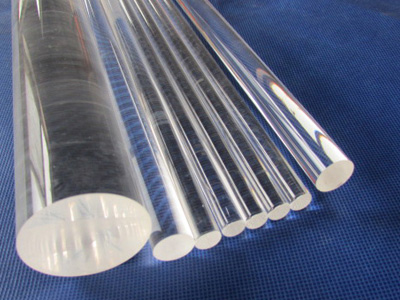
Quartz glass rod
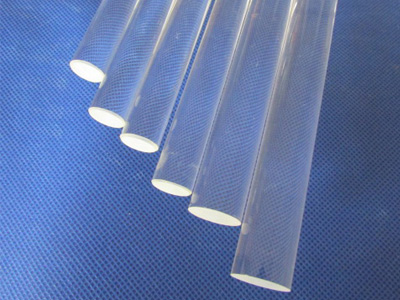
Quartz glass rod
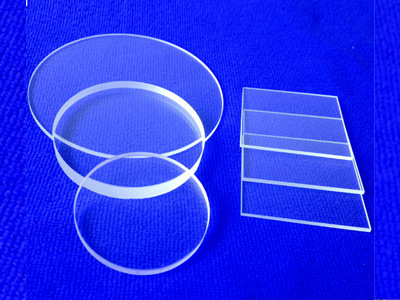
Quartz chip
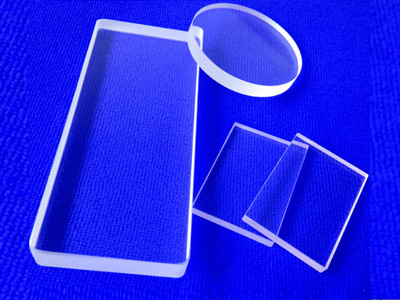
Quartz chip
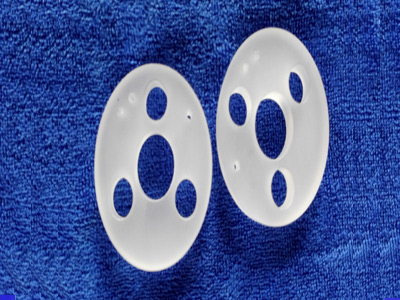
Quartz glass sheet
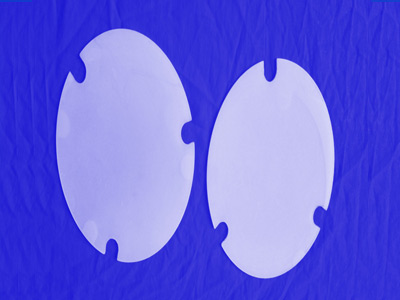
Quartz chip
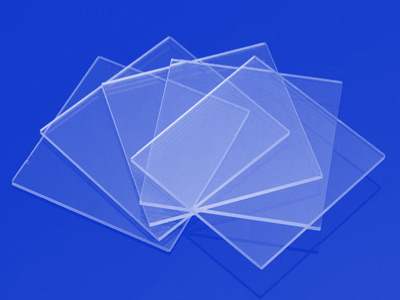
Quartz glass sheet

Quartz glass
What are the differences between quartz tube and glass?
Purity of quartz glass
Performance characteristics of carbon fiber electric heating tube products
Quartz glass fiber and quartz glass cotton
Application and function of quartz sand
Test method for thermochromism of quartz glass
Development history of quartz glass
Physical and chemical properties of quartz tube
What are the functions of quartz rod?


